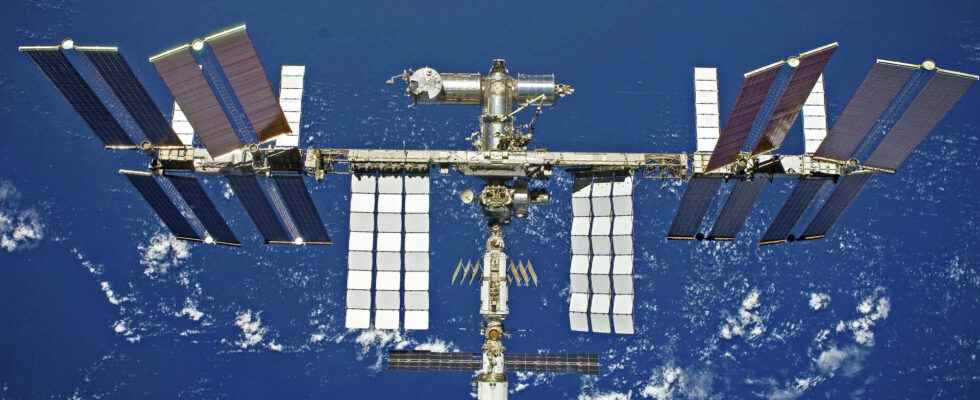This Monday, November 7, a cargo Northrop Grumman’s Cygnus is to carry several scientific instruments aboard the International Space Station (ISS). Among these is a 3D printer whose objective is to bio-print a human knee in space.
Propelled by an Antares launcher from the Mid-Atlantic Regional Spaceport in the state of Virginia, the cargo ship was to take off this Sunday, November 6. The launch, however, was postponed for 24 hours when a fire alarm went off at Northrop Grumman’s control center.
The benefits of microgravity for 3D bioprinting
This experiment is the result of a collaboration between NASA, the company Redwire and the Biotechnology Center of the University of Uniformed Services of Health Sciences (4DBio3). Dubbed Redwire’s BioFabrication Facility, the 3D printer will use a combination of adult human cells and proteins to create human tissue; in this specific case, it will recreate a meniscus, which is a cartilage that acts as a shock absorber for the knee joint.
The result of the experiment will then be studied on Earth. Scientists hope to develop new treatments to treat meniscal lesions that American soldiers, in particular, often face.
The experiment will be conducted in space for a very specific reason. This is because materials used for 3D bioprinting do not solidify quickly after being extruded from the printer. When this technique is performed on Earth, gravity causes them to collapse almost instantly. In contrast, there is no force pushing the material down in microgravity, so over time cells can reproduce and build the structures that hold them together.
The importance of space in science
In the long term, Redwire hopes to be able to 3D print entire organs in space. “ Thanks to the BFF (BioFabrication Facility), we can create real tissue-like structures more efficiently and on a larger scale than is possible on land. We can also use the BFF to print organoids, which could be used to test drug efficacy and reduce the need for laboratory animals. explains Rich Boling, Vice President of the company.
The BFF won’t be NASA’s first 3D printer to travel into space. Last year, another Redwire printer allowed the US space agency to demonstrate printing the lunar soil, which would allow future habitats to be built on our satellite without having to carry many materials from Earth.
Sources: Engadget, IndiaTimes

0